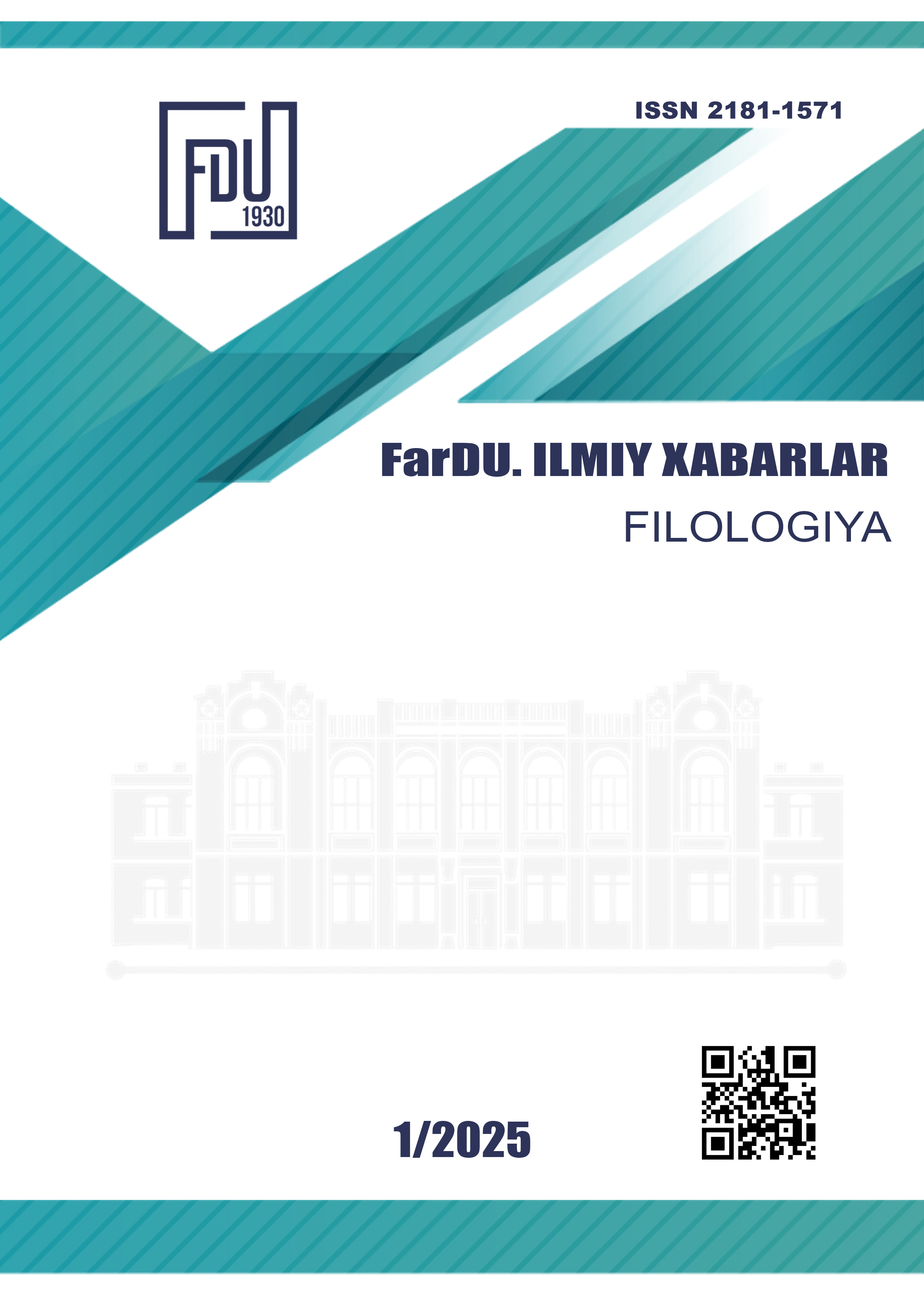STRATEGIES FOR INTEGRATING LANGUAGE AND CONTENT LEARNING IN THE DEVELOPMENT OF PROFESSIONAL COMMUNICATIVE COMPETENCE
Keywords:
CLIL, language and content integration, visual effects, graphic organizers, project-based learning, problem-solving approach, professional communicative competence, language acquisition, critical thinking, active learning, student engagement.Abstract
The article examines the main strategies for integrating language learning and subject content within the CLIL (Content and Language Integrated Learning) methodology and their impact on the development of students' professional communicative competence. Special attention is given to the use of visual effects and graphic organizers, project-based learning, and problem-solving approaches as effective tools for building both linguistic and subject competence. The analysis of practical case studies demonstrates that these strategies enhance students' motivation, improve comprehension and retention of educational material, and foster critical thinking and language skills. The findings confirm the necessity of adapting approaches based on students' language proficiency and the specific characteristics of the subjects being studied.
References
Coyle D., Hood P., Marsh D. CLIL: Content and Language Integrated Learning. Cambridge University Press, 2010.
Dalton-Puffer C. Discourse in Content and Language Integrated Learning (CLIL) Classrooms. John Benjamins Publishing, 2007.
Lorenzo F., Casal S., Moore P. CLIL in Spain: Implementation, Results, and Teacher Training // Llinares A., Morton T. (Eds.). Applied Linguistics Perspectives on CLIL. John Benjamins Publishing, 2019. P. 115–133.
Mehisto P., Marsh D., Frigols M. J. Uncovering CLIL: Content and Language Integrated Learning in Bilingual and Multilingual Education. Oxford: Macmillan Education, 2008.
Meyer O., Coyle D., Halbach A., Schuck K., Ting T. A Pluriliteracies Approach to Content and Language Integrated Learning – Mapping Learner Progress. Palgrave Macmillan, 2015.
Perales F. J. The Impact of CLIL on Affective Factors and Critical Thinking Skills: A Longitudinal Study. International Journal of Bilingual Education and Bilingualism. 2017. Vol. 20, no. 2. P. 169–184.
Downloads
Published
Issue
Section
License
Copyright (c) 2025 Scientific journal of the Fergana State University

This work is licensed under a Creative Commons Attribution-NonCommercial-NoDerivatives 4.0 International License.

